Curious Questions: Does Amsterdam really have the most bridges in the world?
Everywhere you look in Amsterdam there seems to be a way of traversing the waterways of the city. But are there really more bridges here than anywhere else in the world? Martin Fone investigates.

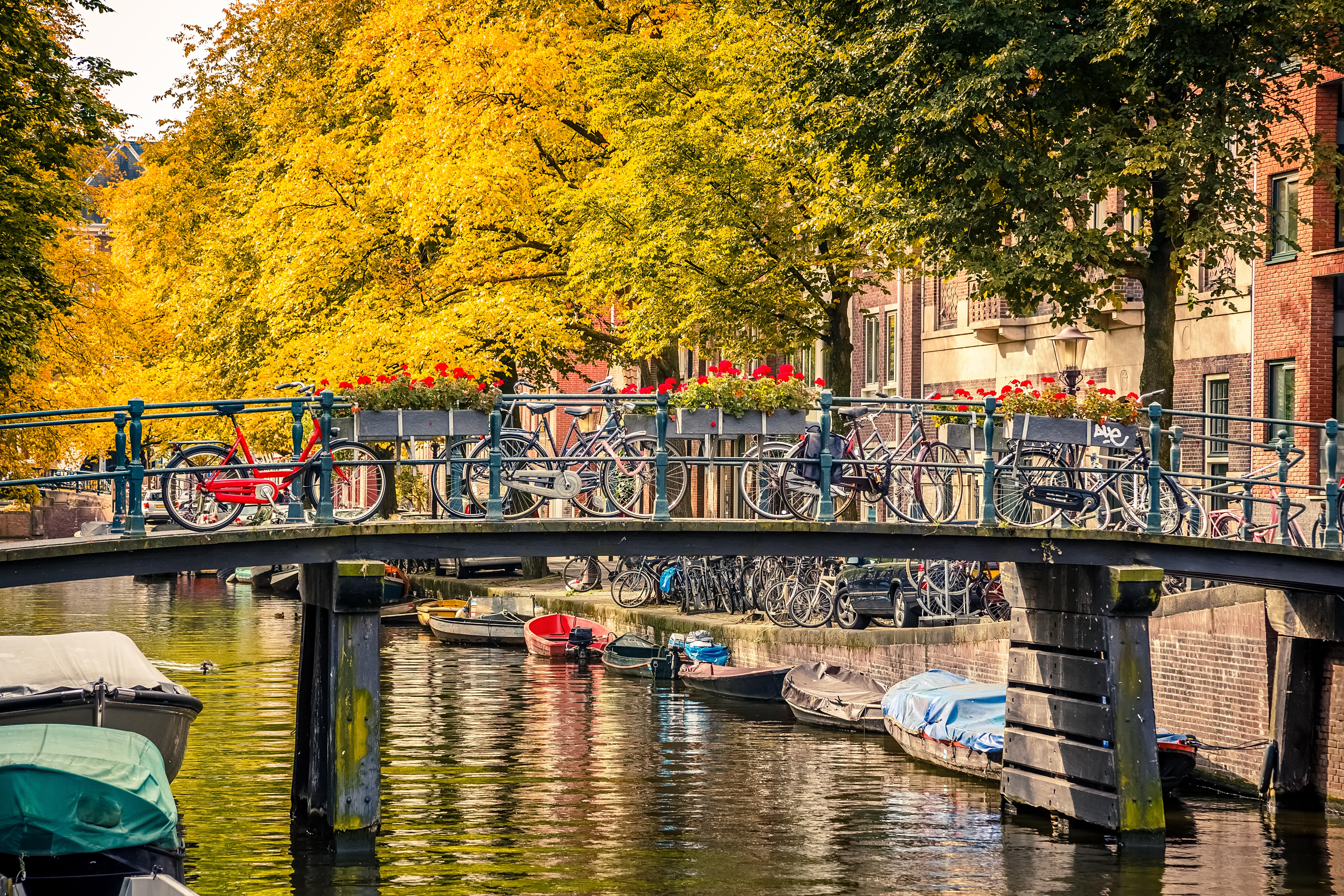
Look at a map of central Amsterdam and you cannot fail to notice a concentric ring of canals, fanning out southwards from roughly where the Centraal Station now stands. As the city grew in size and wealth in the seventeenth century, the surrounding swampland was drained, creating islets surrounded by water. The water was transformed into navigable waterways. Rather like the rings of a tree, the canal system is testament to the rate of growth of the city during its Golden Age and the zeal with which the Amsterdammers reclaimed land.
Fresh water is flushed through the canal system three times a week when a series of locks are opened. The old joke is that the average depth of a canal is made up of a metre of mud, a metre of water, and a metre of bicycles, some fifteen thousand of which are fished out each year.
Although the canals are much cleaner than in yesteryear, no longer being used as a convenient repository for the city’s waste and sewerage, it is not advisable to take a dip in them. This advice, however, is not enough to deter the hardy souls who take part in the annual Amsterdam City Swim, this year scheduled to take place over a 2,000-metre course through the waterways on September 9th.
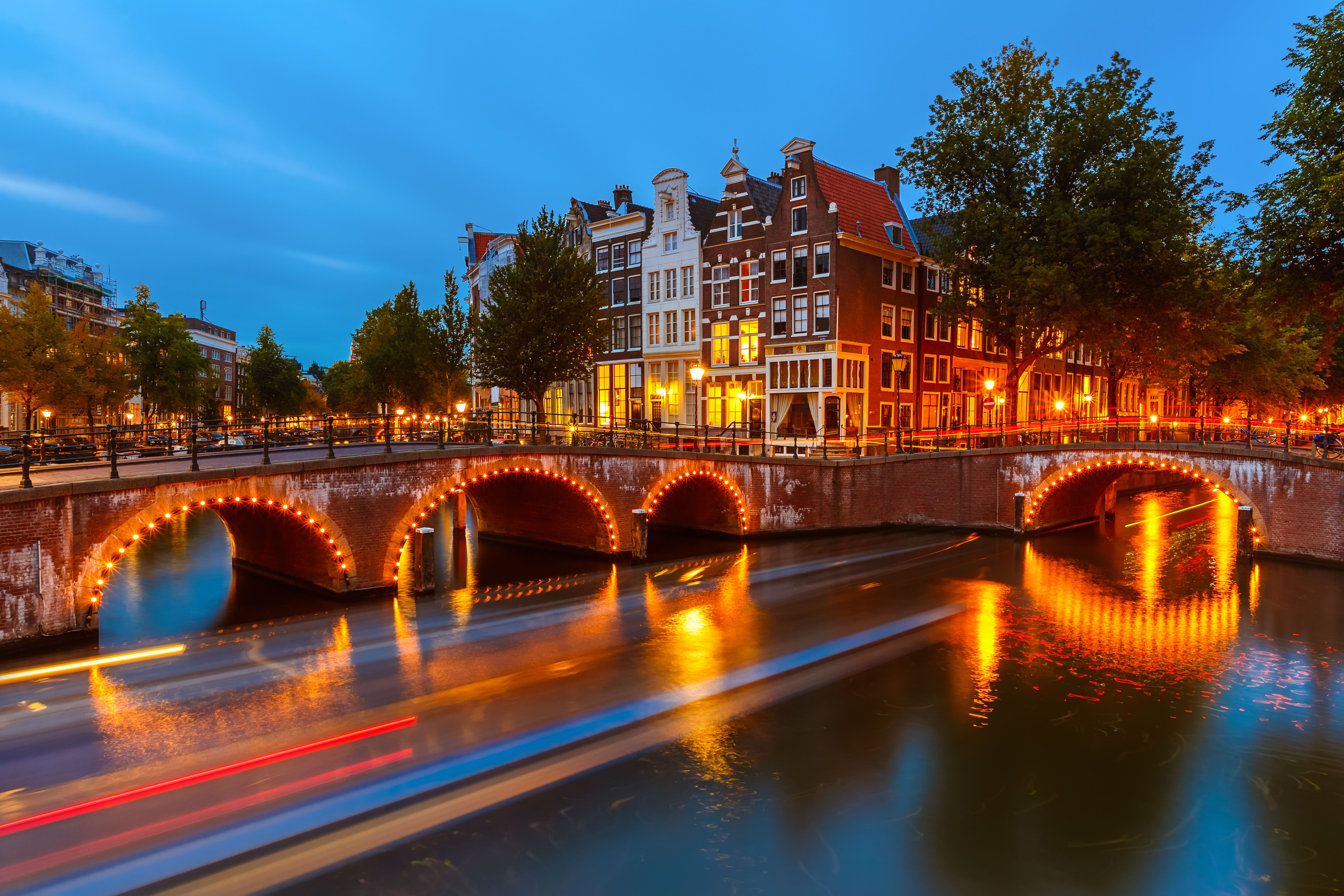
Walking through the city can be a little disconcerting. For the unwary pedestrian, navigating their way around the significant and sometimes painful obstacles posed by the host of bollards and bikes to be encountered, bridges are a positive godsend. As Amsterdam has around 100 kilometres of canals, the only easy way to get from A to B is by crossing bridges.
And what a wonderful array of bridges the city boasts, coming in all shapes and sizes, some beautiful, some distinctly utilitarian. After a while you become so blasé that you barely notice that you are on a bridge. They just seem to blend into the cityscape.
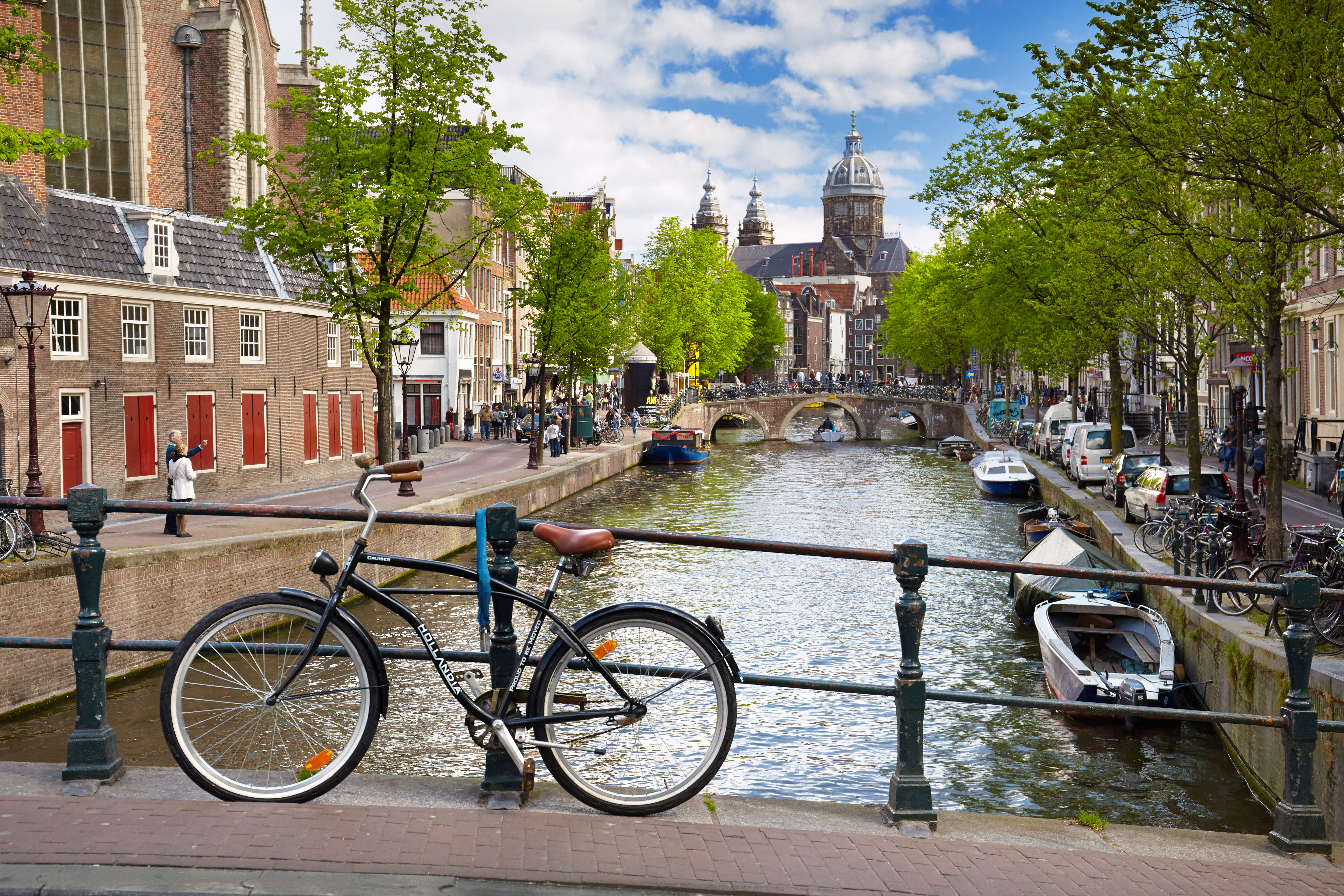
The oldest bridge is the Torensluisbrug (the lit-up-at-night bridge higher up this page), spanning the Singel and once forming an entrance to the mediaeval city. The tower, after which it is named but long since gone, was manned by guards on the look-out for hostile invaders. The bridge’s cellars served as dungeons and were flooded at high tide, adding to the unfortunate prisoners’ misery.
For me, the most elegant of Amsterdam’s bridges is the Blauwbrug which stands on the site where a wooden, blue bridge spanned the river Amstel in the 17th century. The current bridge, built in 1883, is modelled on the Parisian bridges which were à la mode at the time. And the most iconic has to be the so-called Skinny Bridge, the Magere Brug, a typical Dutch double draw bridge which opens several times a day to allow boats pass through. These days all the bridges which open are controlled automatically. Rather enterprisingly, the now redundant bridge houses are being converted into hotel suites.
Exquisite houses, the beauty of Nature, and how to get the most from your life, straight to your inbox.
Whilst Amsterdam’s canals are well served by bridges, the river IJ, which divides the northern part of the city from the rest, is another story. There is only one single bridge spanning it, the Schellingwouderbrug, some five kilometres away from the city centre, and a tunnel, closed to cyclists and pedestrians. That it is a major shipping route explains this oddity, but it is somewhat incongruous, nonetheless.
So, is the city with the most bridges in the world Amsterdam? When I first considered this question, I thought it would have been easy to resolve. A quick internet trawl revealed that I had overlooked the claims of the German city of Hamburg. Standing on the River Elbe at its confluence with the Alster and Bille and with a profusion of streams, rivers and canals, it boasts some 2,500 bridges within its city limits, more than Amsterdam, London and Venice combined. To put it into perspective, New York and Pittsburgh, North America’s leading contenders, have just 778 and 446 respectively. That seemed to settle question quite conclusively.
I soon began to realise, however, that the question might not be quite as simple as it seems. I came across another site which confidently asserted that there were 1,753 bridges in Amsterdam. More research unearthed a Dutch website which proved to be a veritable pontist’s paradise, a treasure trove of bridge trivia.
It also caused me to consider a question I had cheerfully ignored at the outset; what is a bridge? Does it have to cross something like a road, a railway track or a piece of water? The conclusion the website came to was that it just has to bridge, doubtless the result of several hours of earnest contemplation in one of the city’s infamous coffee houses.
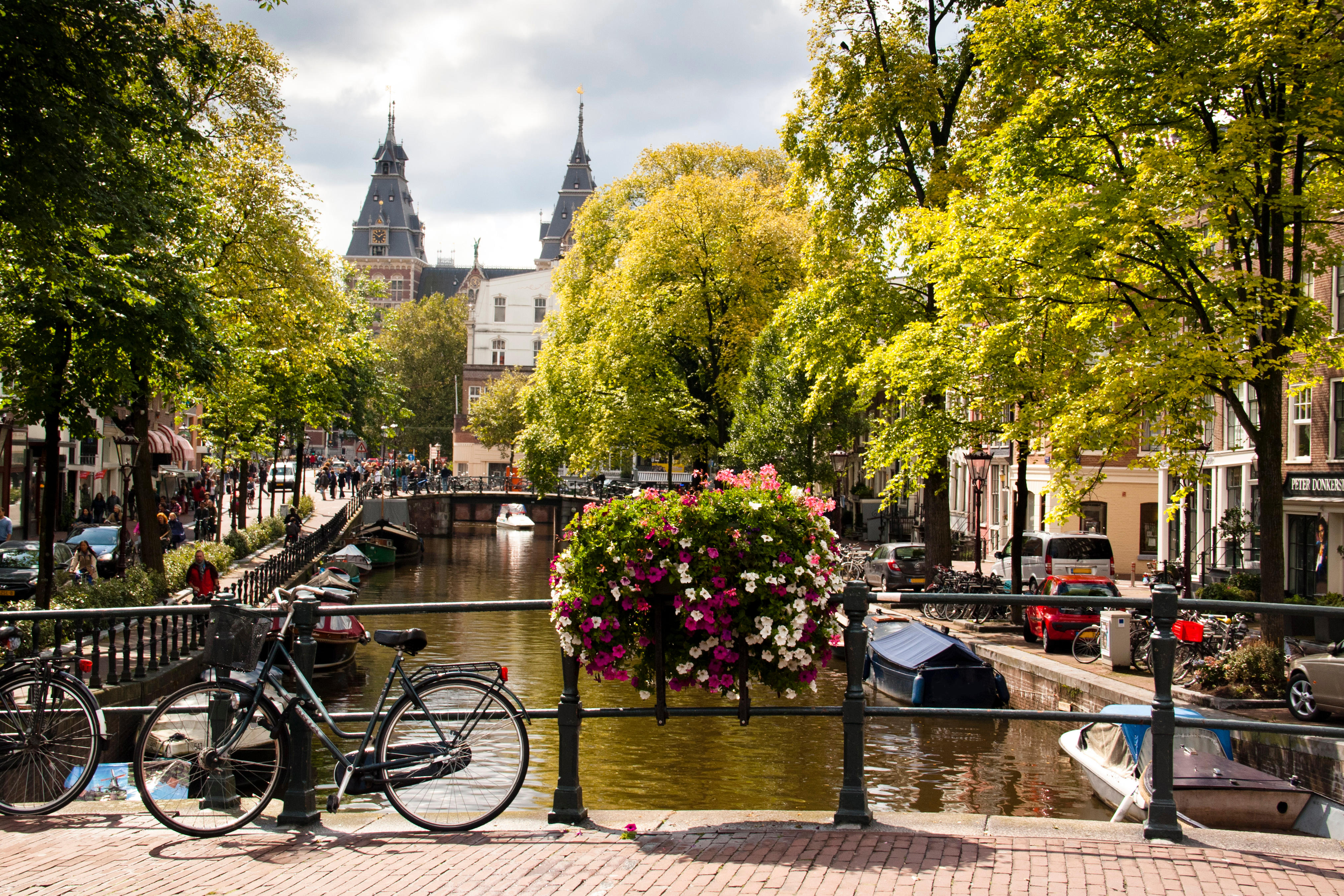
Be that as it may, the website confidently states that as of this year Amsterdam has some 5,172 bridges, consisting of 1,891 to which the authorities have allocated numbers, 95 in private ownership, 42 locks, 1,471 bridges or overpasses which are unnumbered and 1,673 duikers which, loosely translated, are akin to a culvert. This may well knock the German claim into a cocked hat, although I can’t help thinking we are not comparing like with like.
But the Dutch are not finished yet. They point out that the land area within Amsterdam’s city limits is less a third of that of Hamburg and so on a density basis, their city comes out on top.
So, the answer to our question is, like the claim of that famous lager from a little further round the North Sea in Denmark, probably.
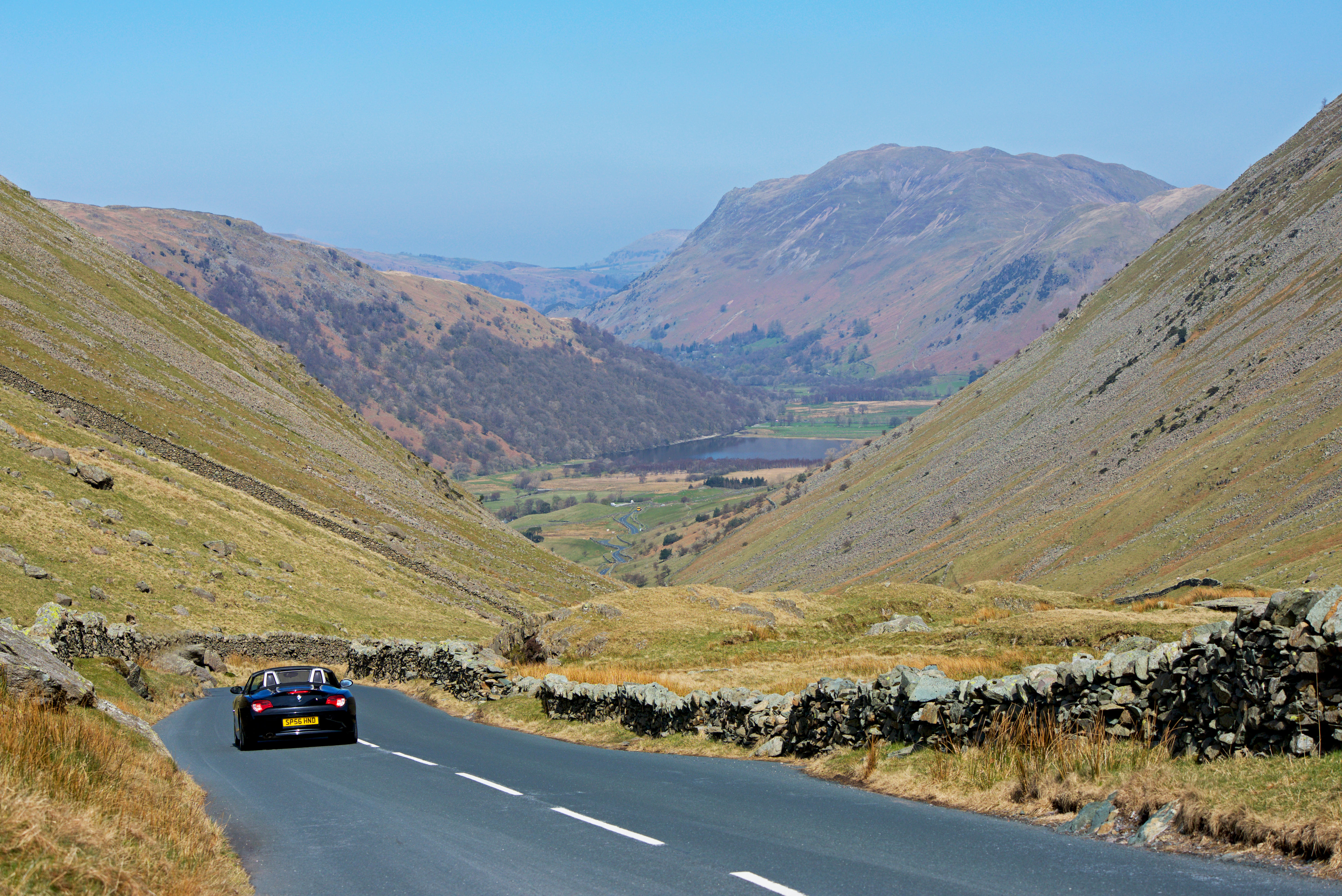
Curious Questions: Why do the British drive on the left?
The rest of Europe drives on the right, so why do the British drive on the left? Martin Fone, author
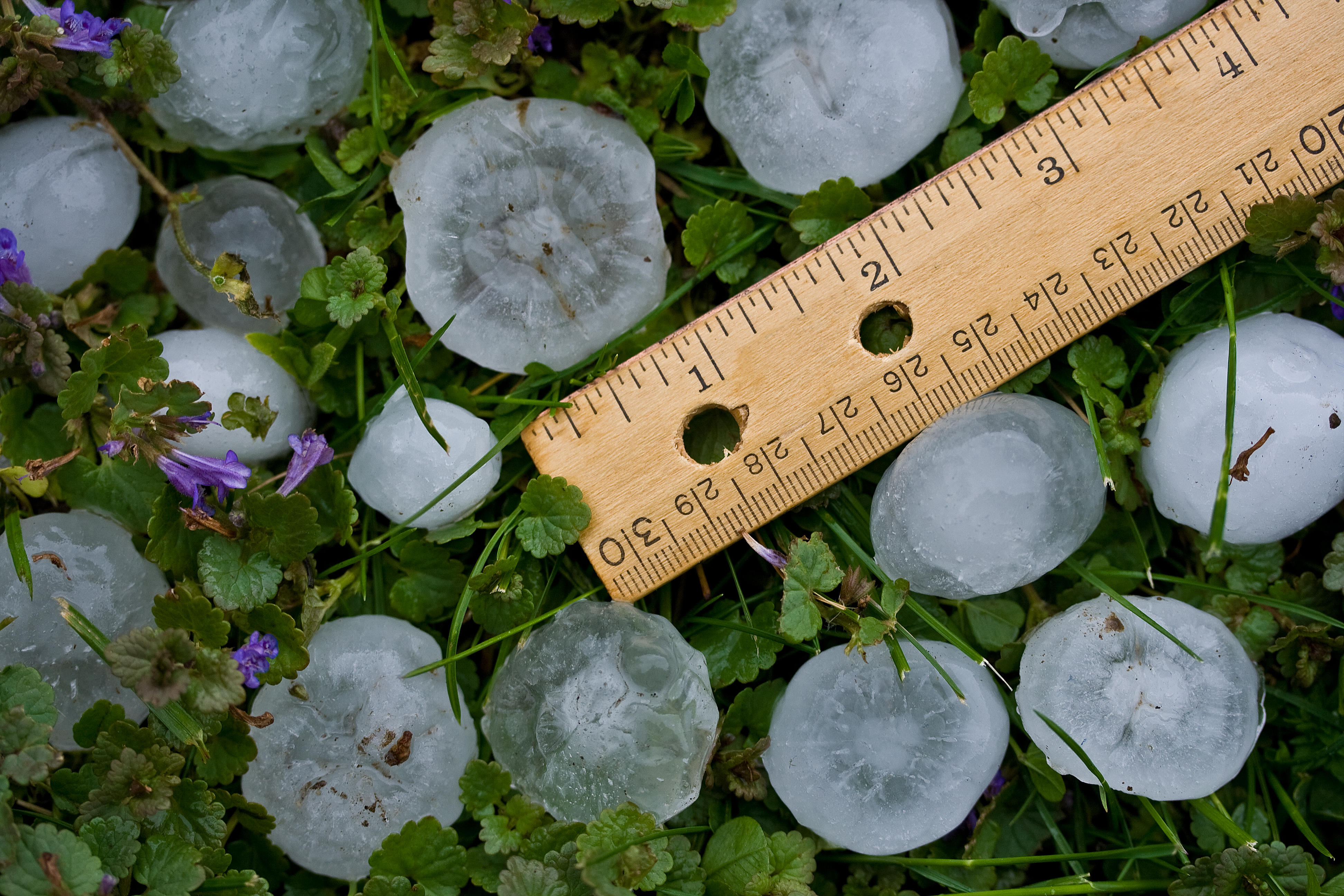
Curious Questions: How are hailstones formed? And how big can they get?
Inspired by the recent wacky weather, Martin Fone — author of 50 Curious Questions — turns his gaze to what

Credit: Morgan Hancock / Getty
Curious Questions: Why do cricketers call it a 'duck' when they get bowled out for 0?
Martin Fone, author of 50 Curious Questions, explains how a duck egg led to the popularisation of a term in
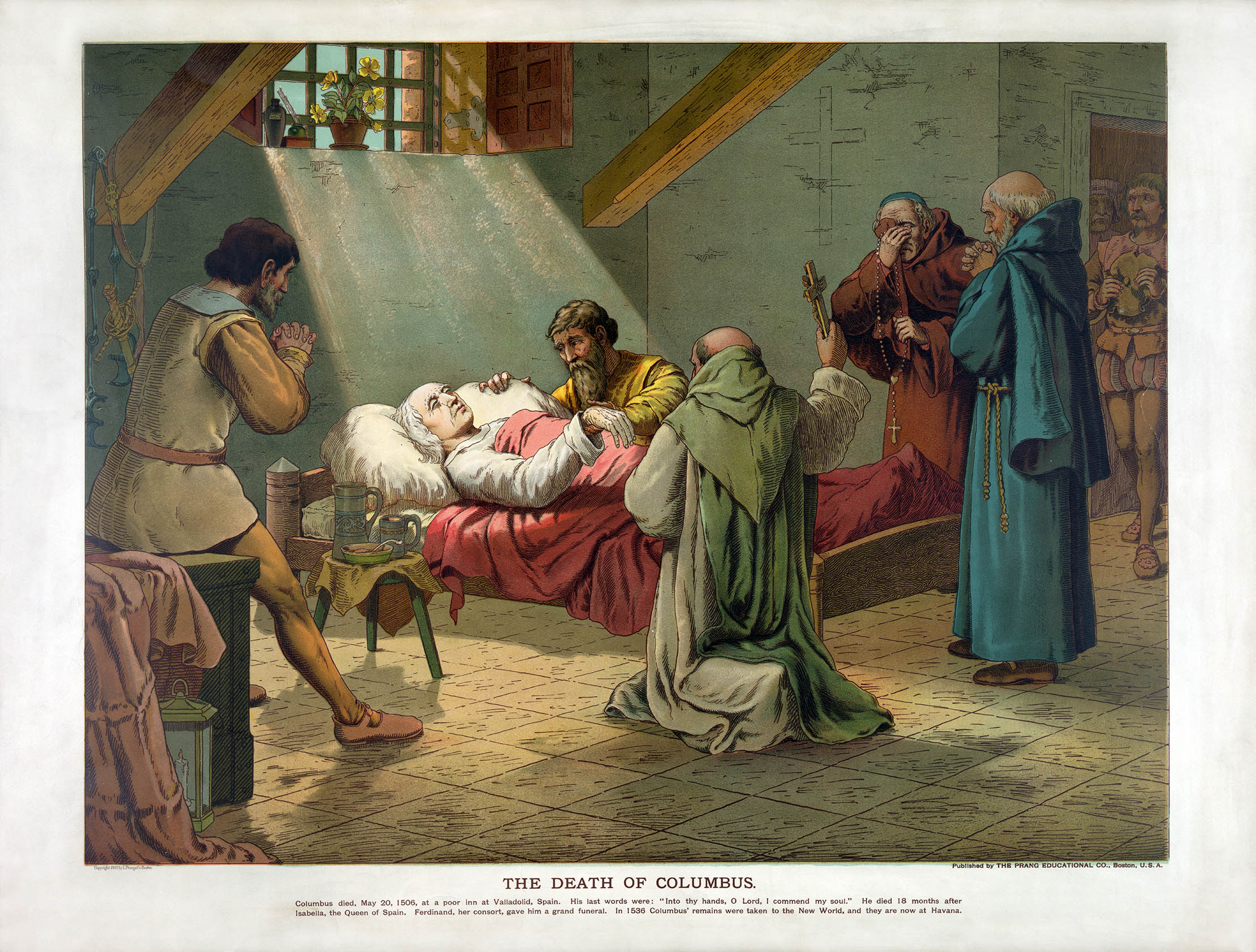
Curious Questions: Why does nobody know where Christopher Columbus is buried?
He's one of the most famous human beings ever to walk the planet, but the final resting place of the
After graduating in Classics from Trinity College Cambridge and a 38 year career in the financial services sector in the City of London, Martin Fone started blogging and writing on a freelance basis as he slipped into retirement. He has developed a fearless passion for investigating the quirks and oddities of life and discovering the answers to questions most of us never even think to ask. A voracious reader, a keen but distinctly amateur gardener, and a gin enthusiast, Martin lives with his wife in Surrey. He has written five books, the latest of which is More Curious Questions.
